I have been volunteering at the Horniman for over two months, and my primary task is to digitise photographs from the anthropology archive of the Beryl de Zoete Collection. These photographs were taken in 1934 on the Indonesian island of Bali, whilst it was under Dutch rule.
When I opened the archival box and started to look at the photographs, they sparked some memories.
A direct 5 hour flight from Hong Kong to Denpasar made a weekend holiday getaway to Bali possible for many Hong Kongers like me. My first trip was almost two decades ago. Upon arriving at the hotel lobby we were welcomed by female dancers in ornate headdresses and chest adornments with the most unforgettable intricate finger movements – I now know this dance form is called Legong.
The metallic sound of gamelan percussive instruments came from hotels, spa salons and restaurants throughout our trip, creating a distinctly Balinese ambiance that resonated in my head as I digitised the photographs.
Who was Beryl de Zoete?
Beryl de Zoete was a British ballet dancer, translator and choreography scholar (1879–1962). Joining her German artist friend Walter Spies, de Zoete travelled to Bali in 1934 for six months to document traditional Balinese dance. This collection of over 4,000 black-and-white photographic images and films was acquired for the Horniman Museum and Library by then curator Dr Otto Samson in 1962. It offers a rich reference to traditional dance, music, religious ritual, livelihood and landscape of the island.
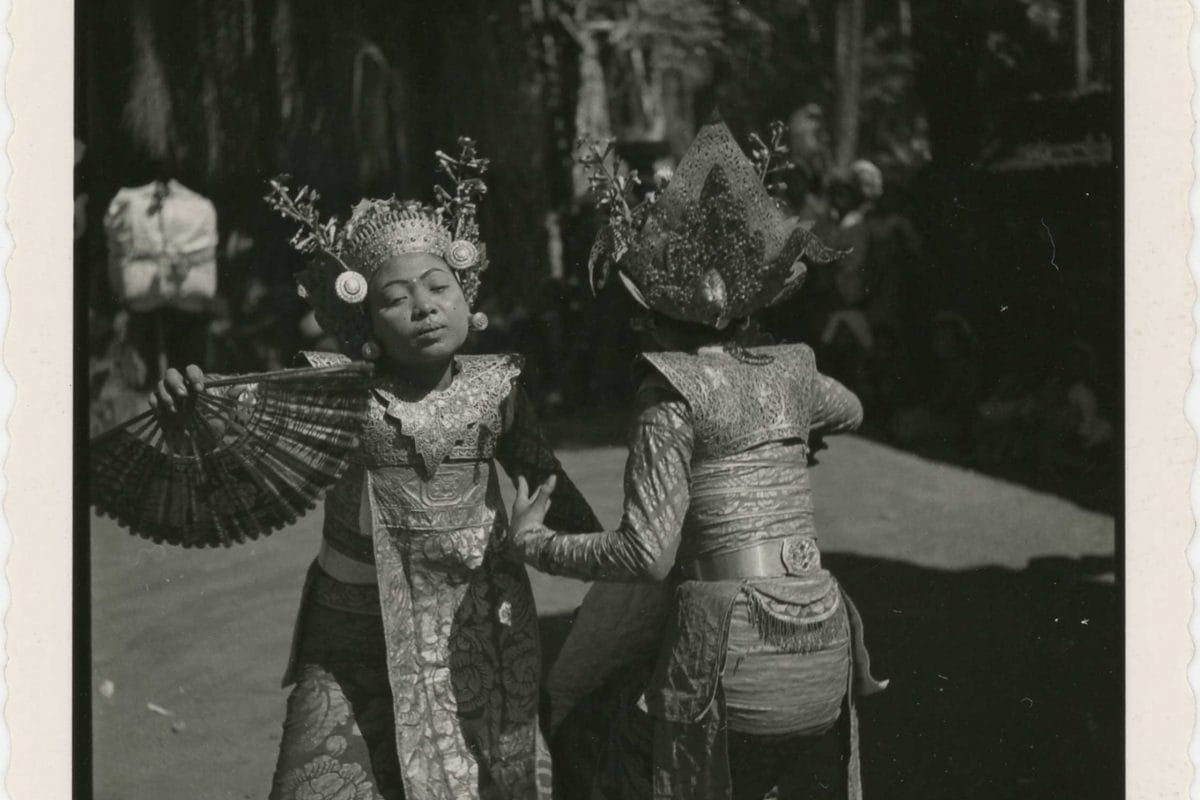

The collection
At first, I thought images of dance and music were all I would see in the collection, but the collection also includes images of day-to-day life, people bathing in a spring, taking care of children in a village and cattle ploughing. Photographs of forest, mountain banyan tree, bamboo, palm, rice terrace, temple and village houses set a vivid scene of Balinese life in 1930s, ‘which together help to place the images of the performing arts within their social and cultural contexts.’ (Hitchcock and Norris)
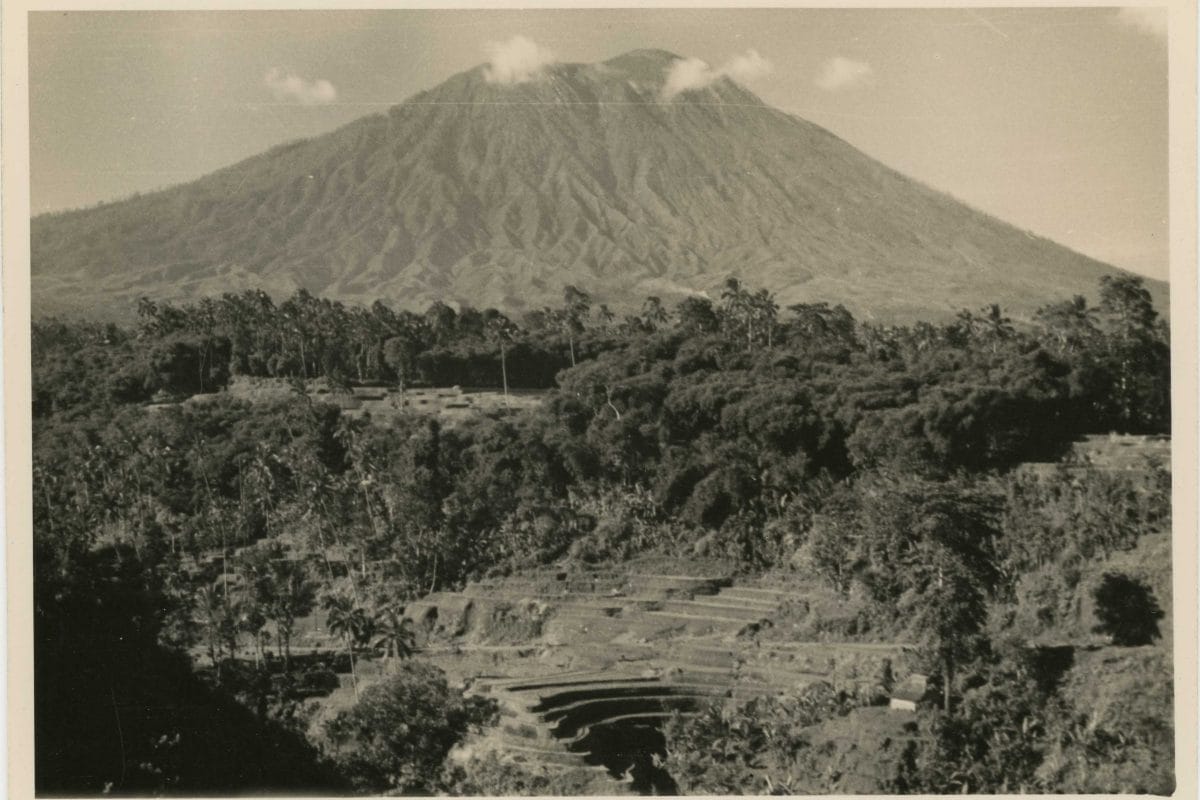
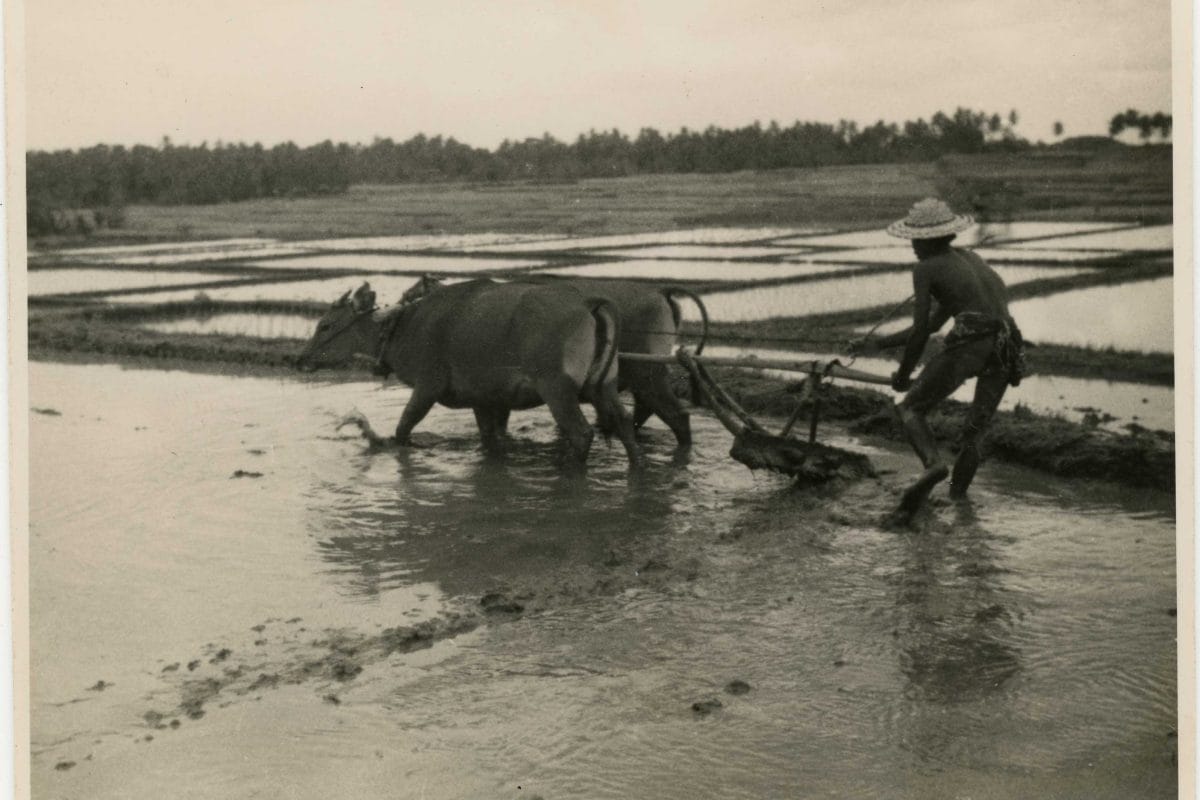
With a publication in mind, Beryl de Zoete performed her research through observation and note-taking in rehearsals and life across while her friend Walter Spies acted as a photographer. She also took her own photographs. Their 1938 publication ‘Dance and Drama in Bali’ emphasised the integral role of dancing in Balinese life.
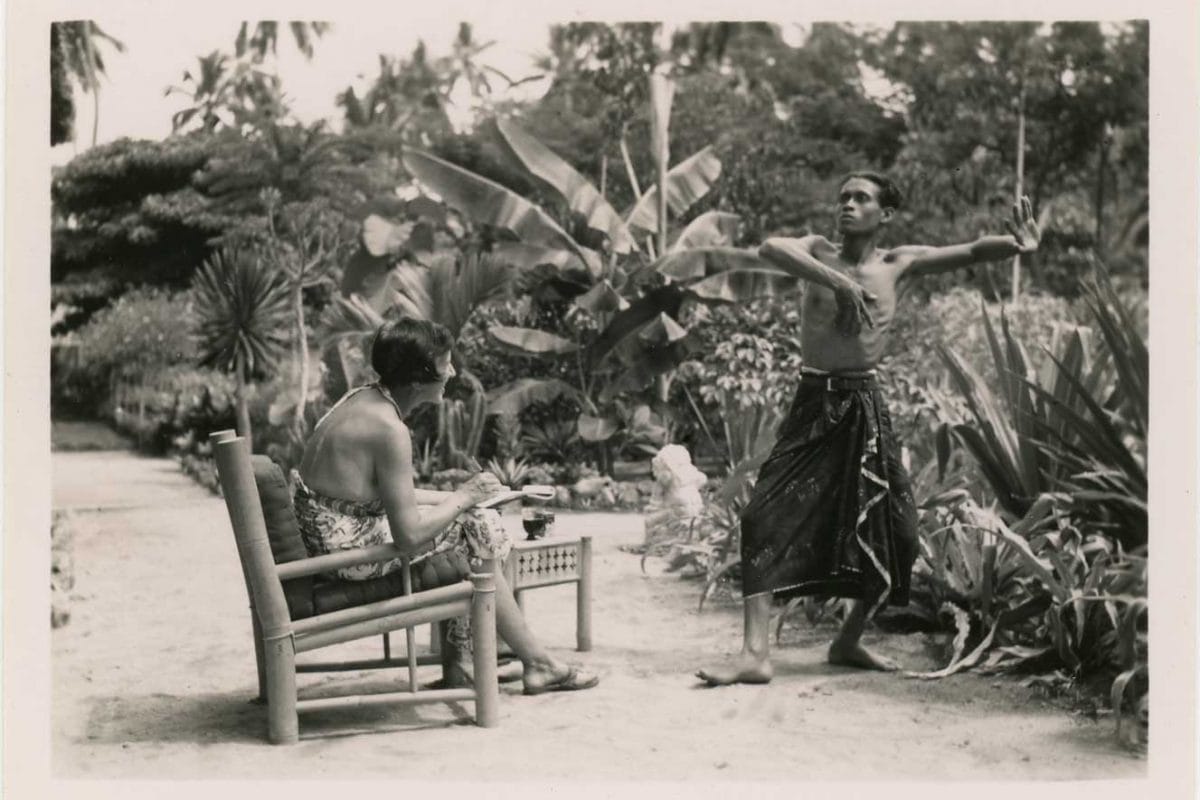
For wherever there is a space to dance, to mount a play, there is the Balinese stage… Its floor is the bare earth, covered in certain dances with palm mattings; its roof the sky or an overhanging tree, or as shelter from sun and rain, a ceiling of woven palm leaf supported on thin pillars of bamboo.
When the natural environments were the stage, everyone was a dancer.
Outside the temple, however, the dancer or actor, for the same word applies to both, is differentiated from others by the fact that he dances, whether he be of high caste or low, raja or priest, gold or silver or iron smith, wood carver or fisherman or simple worker in the rice-fields… and the fact that he is a dancer does not interrupt his normal life in the village.
Dance in Bali is not meant to be a form of art, but an inherent part of community and ceremony, an offering to the gods.
The Balinese philosophy of life, Tri Hita Karana sees the three causes of wellbeing as being namely with God, with other humans and with nature. It strives to conserve nature and advocate for sustainability of the environment.
This wisdom is reflected in the Balinese cooperative water management system of canals and water temples known as subak. Subak dates back to the ninth century and has enabled the Balinese to become prolific rice growers in the archipelago.
The significance of the subak irrigation system was captured in the Beryl de Zoete collection, seen in the abundance of water, the heat at the latitude, the fertility of soil and the vitality of Bali.
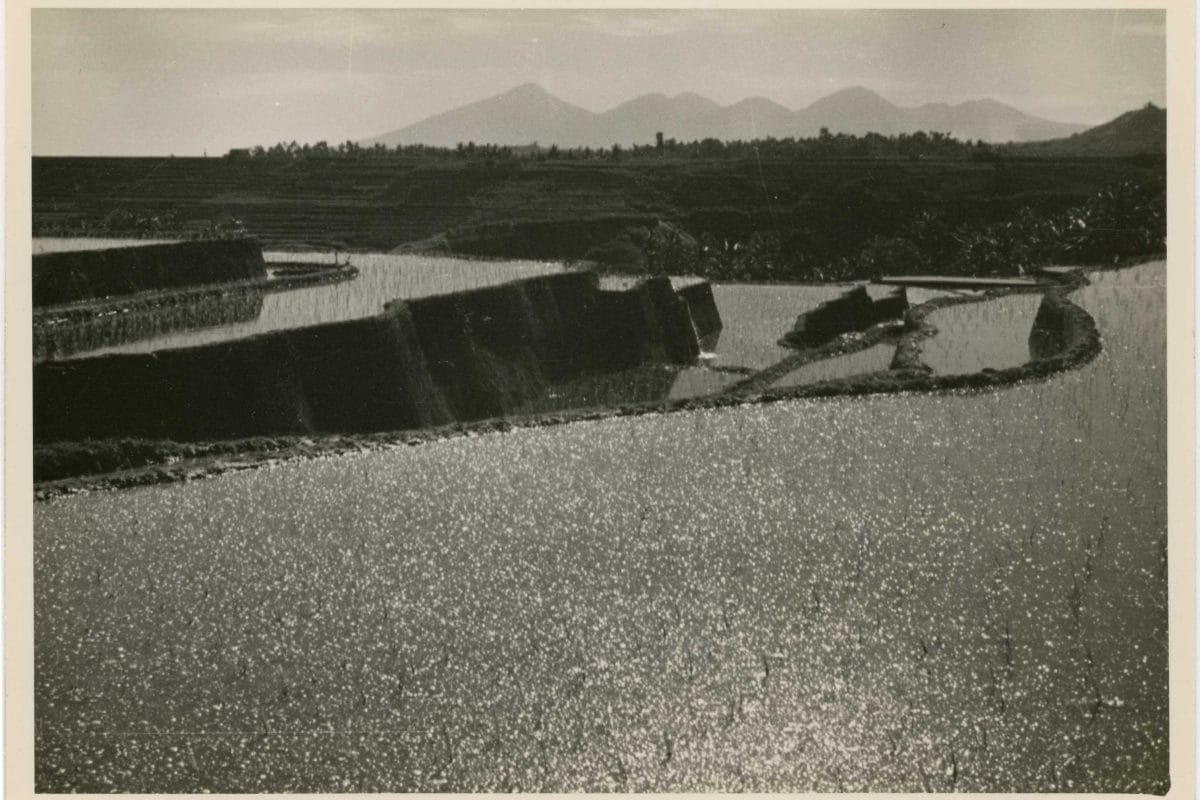
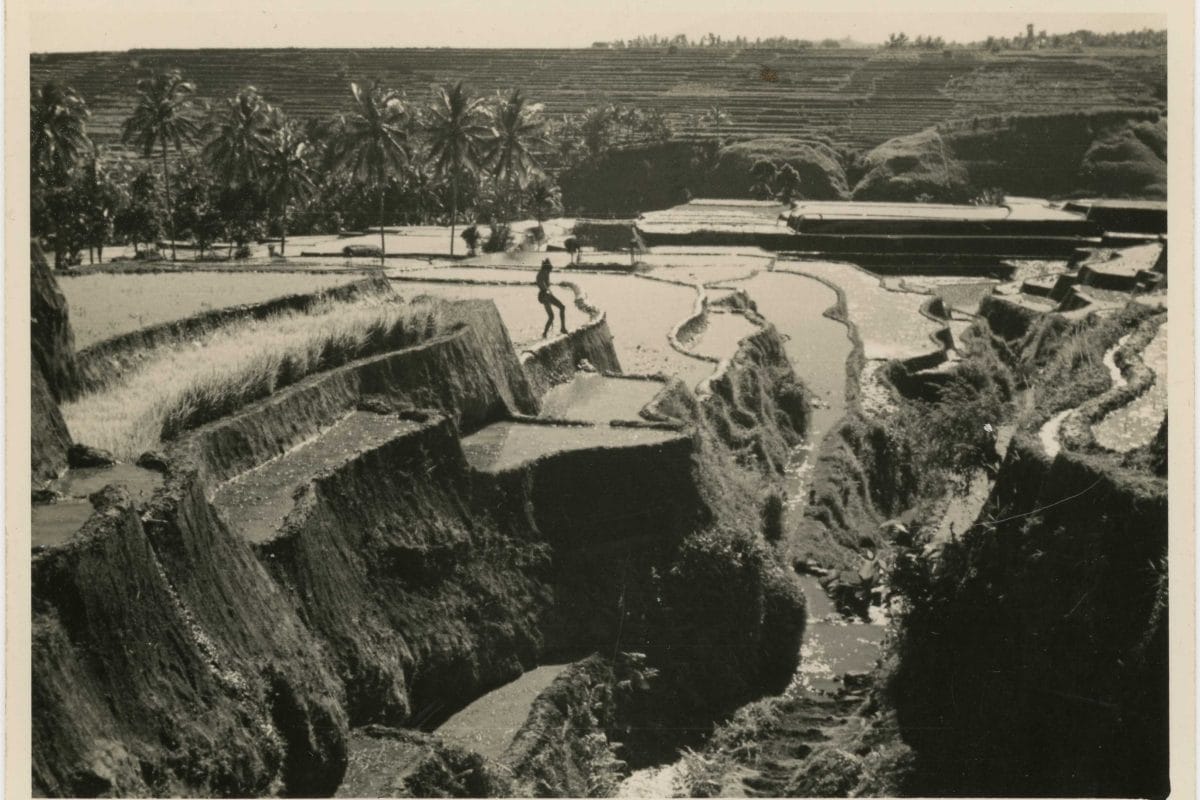
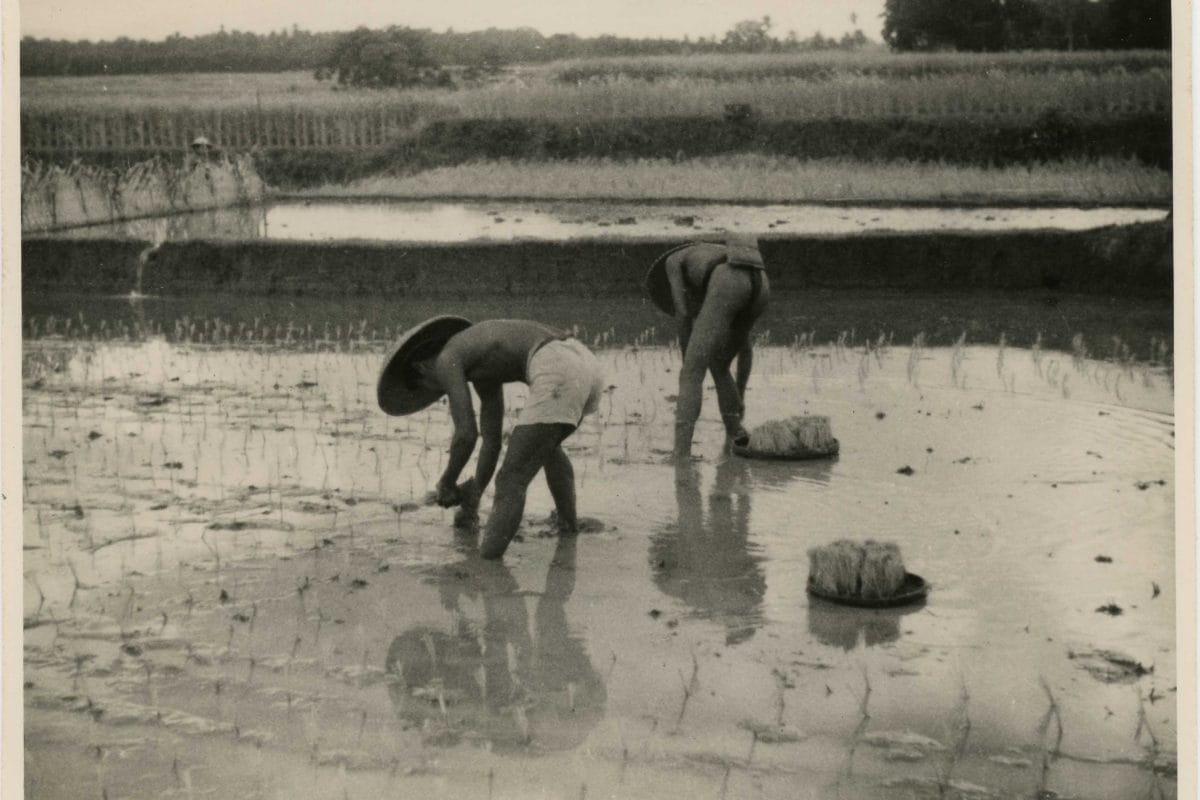
Within the Horniman collections there is a votive offering is made from palm leaf. The female figure with an elaborate headdress represents the rice goddess, Dewi Sri, a symbol of wealth, fertility and good fortune. With the maker’s dexterity and imagination, materials from nature are woven to create a goddess figurine, used to pray for fellow villagers. This process feels like a nice illustration of Tri Hita Karana.
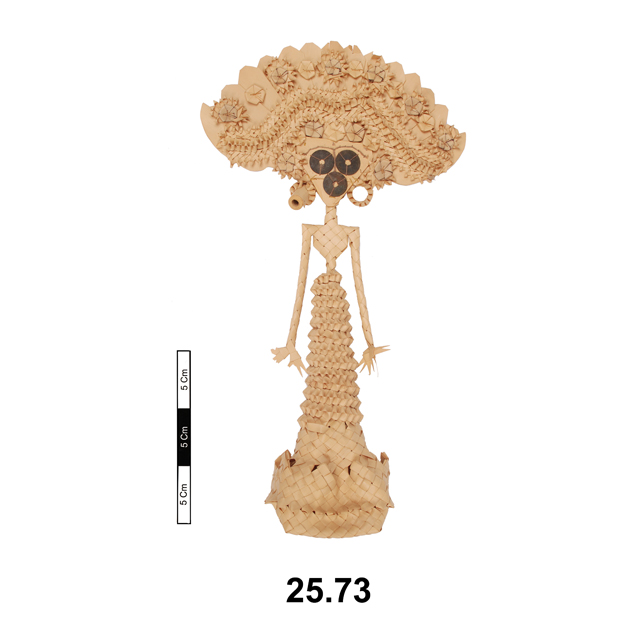
Rice has its significance in Asia, gastronomically and spiritually.
When writing this, I was reminded of the percussion rice shaker and the hand-stitched rice sacks that my grandmother used for a game made for her grandchildren.
Biblopgraphy
- Hitchcock and Norris, Bali, the imaginary museum: the photographs of Walter Spies and Beryl de Zoete, 1995.
- Beryl de Zoete and Walter Spies, Dance and Drama in Bali, 1938


